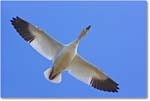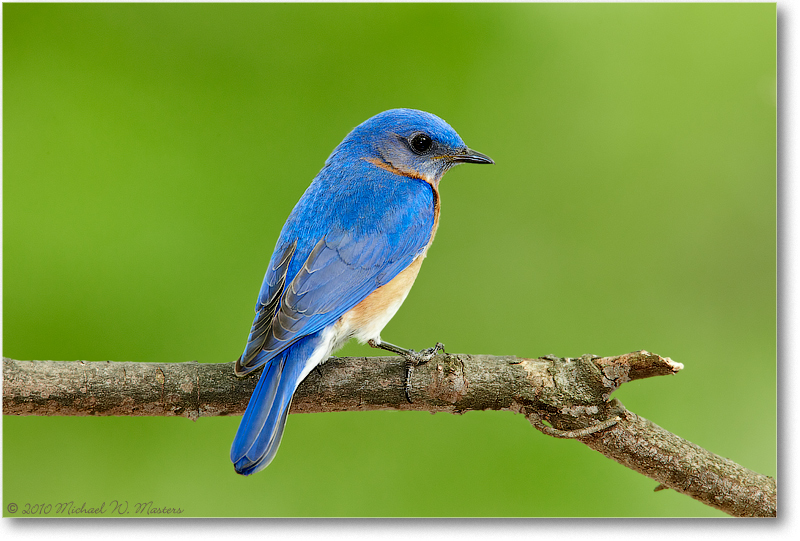|
Stiring the Post-Processing Ethical Debate!
The technology of digital image
processing has opened up a whole new world of possibilities.
Literally every pixel in an image is fair game for manipulation one way
or another, sometimes in ways that surprise and astound -- and sometimes in
ways that bear little or no resemblance to the original scene that greeted
the photographer’s eye.
.jpg) This, of course, has launched many an
ethical debate on Internet and elsewhere as purists and practitioners of
the new order probe the limits and sort out how this
brave new world
will coexist with the old -- or not.
While there is by no means uniformity of
viewpoint -- and probably never will be -- a few key points seem to be
emerging. The first is that there is, conceptually at least, a difference
between photojournalism and "art", whatever the latter is understood to be.
In the former domain, one better not get caught
adding elements or removing anything.
And for good reason.
Altering reality in journalism is lying, and it
should not be tolerated, whether verbally, via text, or in image form.
Would that our politicians, news editors and media
talking heads understood that. This, of course, has launched many an
ethical debate on Internet and elsewhere as purists and practitioners of
the new order probe the limits and sort out how this
brave new world
will coexist with the old -- or not.
While there is by no means uniformity of
viewpoint -- and probably never will be -- a few key points seem to be
emerging. The first is that there is, conceptually at least, a difference
between photojournalism and "art", whatever the latter is understood to be.
In the former domain, one better not get caught
adding elements or removing anything.
And for good reason.
Altering reality in journalism is lying, and it
should not be tolerated, whether verbally, via text, or in image form.
Would that our politicians, news editors and media
talking heads understood that.
Photographic art seems to receive a
little more latitude, but with a big caveat.
That qualifier is that there should be some form of disclosure of what is not representative of the original scene.
This is, of course, by no means universally
agreed to.
Thus practices vary widely.
Many still stoutly refuse to go beyond
traditional adjustments such as contrast, saturation, dodging, burning, etc.
On the other hand, some clone out distractions -- or even remove
entire elements. Some
repair clipped body parts. Some remove blemishes and make ugly pretty. (Well,
why not? -- wedding photographers have been prettying up brides from the
beginning. Portrait painters? Even longer!) Some add
blank canvas for compositional balance.
Some blur backgrounds just as a wide open lens
would.
Less often sanctioned is the addition of elements not
in the original scene -- unless, of course, explicitly identified as a composite.
The caveat on top of the caveat is
that if one enters a photo contest -- be it ever so artistic in character--
one had better abide by the rules of the contest or else.
If the rules say no manipulation beyond X, Y
and Z, woe be unto thee if you do R, Q and P.
Many contests have caught on and now require RAW
files from prospective winners.
More power to them.
Lost in all this is the fact that
photographers sought unique perspectives with the tools they had
available from the inception of the photographic craft. Though early darkroom technology was crude, it
never completely stifled manipulation.
And what about film itself? Never mind grain and color palette -- or even
black and white;
I defy anyone to say that they see a scene
in infrared.
Or any other filtered false color for that
matter.
And come now, does a polarized sky look real?!
On Mars, maybe!*
And, oh by the way, how about those gorgeous eagle head images on your web
site? Was there a footnote disclosing the fact that the eagle
was a captive bird at a raptor rescue center?
Nor are fisheye lenses and cameras with movements
limited to the rather mundane perspective the human eye takes in --
thankfully!
It's just that we've become so familiar with
these devices that their use is never questioned.
And, why should they be? After
all, photography can be an art form as well as a type of
journalism.
 Perhaps the stickiest dilemma is the fact that
one might well construe many domains to be either art or photojournalism
-- nature photography among them --
depending on one's intent, perspective, ethical principles or just plain
dogged opinion. More generally, where does one draw the line between
the two? Or better, who draws the line? And according to what
criteria? Perhaps in the final analysis the only answer that works is that
it is each of us. As Humpty Dumpty told Alice, "When I use a word, it
means just what I choose it to mean, neither more nor less." With
disclosure, the definition is self-contained. Perhaps the stickiest dilemma is the fact that
one might well construe many domains to be either art or photojournalism
-- nature photography among them --
depending on one's intent, perspective, ethical principles or just plain
dogged opinion. More generally, where does one draw the line between
the two? Or better, who draws the line? And according to what
criteria? Perhaps in the final analysis the only answer that works is that
it is each of us. As Humpty Dumpty told Alice, "When I use a word, it
means just what I choose it to mean, neither more nor less." With
disclosure, the definition is self-contained.
In
the spirit of Alice and Humpty, here is my modest
tongue-in-cheek contribution to the debate.
Not that it will settle anything one way or the
other.
I'm not sure anything will.
But it sure was fun to write!
* The idea of a vivid indigo Martian zenith is a pre-NASA Mars lander
science fiction hold-over. Actually, the Martian sky is a rich
butterscotch, resulting from
the fact that fine dust is always suspended in the thin Martian atmosphere,
whipped up by planet-wide dust storms; those tiny dust particles absorb blue
light far more effectively than they absorb yellow-orange wavelengths.
But, you get the idea!
My Lying Lens -- A Fable
 Yesterday,
I took my telephoto lens into the back yard. I waited patiently until at last a
bird landed on a nearby limb. Ah, I smiled, perfect!
I took one last look at the scene before bending to the viewfinder.
Beyond the creature, at some distance lay a hopeless tangle of
decidedly unphotogenic foliage --
a miserable setting to the unpracticed eye!
The bird? Hardly worthy
of notice against that chaotic background.
But, thought I, the unsuspecting naifs
who will soon view the artificiality I am about to create will never suspect
the reality my eyes see at this moment!
My deceitful optical marvel will
suffuse those ruinous distractions -- that the human eye
cannot escape seeing -- into a
beautifully unreal abstract canvas!
Poor souls! They think
I'm such a creative genius!
Little do they know I owe it all to my lying lens!
With smug, self-satisfied smirk, I placed eye to viewfinder and
gently pressed the shutter. Yesterday,
I took my telephoto lens into the back yard. I waited patiently until at last a
bird landed on a nearby limb. Ah, I smiled, perfect!
I took one last look at the scene before bending to the viewfinder.
Beyond the creature, at some distance lay a hopeless tangle of
decidedly unphotogenic foliage --
a miserable setting to the unpracticed eye!
The bird? Hardly worthy
of notice against that chaotic background.
But, thought I, the unsuspecting naifs
who will soon view the artificiality I am about to create will never suspect
the reality my eyes see at this moment!
My deceitful optical marvel will
suffuse those ruinous distractions -- that the human eye
cannot escape seeing -- into a
beautifully unreal abstract canvas!
Poor souls! They think
I'm such a creative genius!
Little do they know I owe it all to my lying lens!
With smug, self-satisfied smirk, I placed eye to viewfinder and
gently pressed the shutter.
CLICK!
Author's footnote: Our policy regarding image post-processing
is disclosed in the essay, Image Notes, which
also includes a table illustrating many of the images that have been
modified by the techniques described in the essay. The table serves to
present examples only and is incomplete -- not by design or attempt at
subterfuge but rather from simple neglect! :-)
Author's footnote 2: This essay appeared in abbreviated form on the
NatureVisions Blog:
http://naturevisions.org/blog-2/page/22
© 2012 Michael W. Masters
Return to top
|


